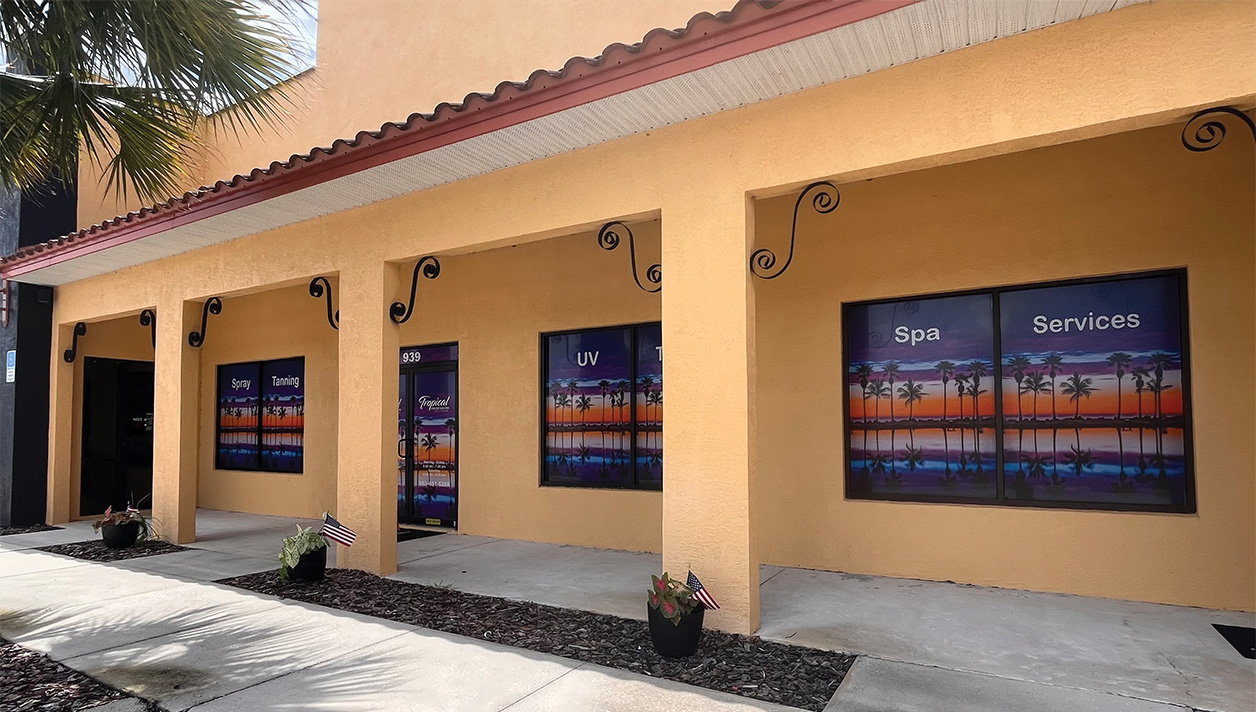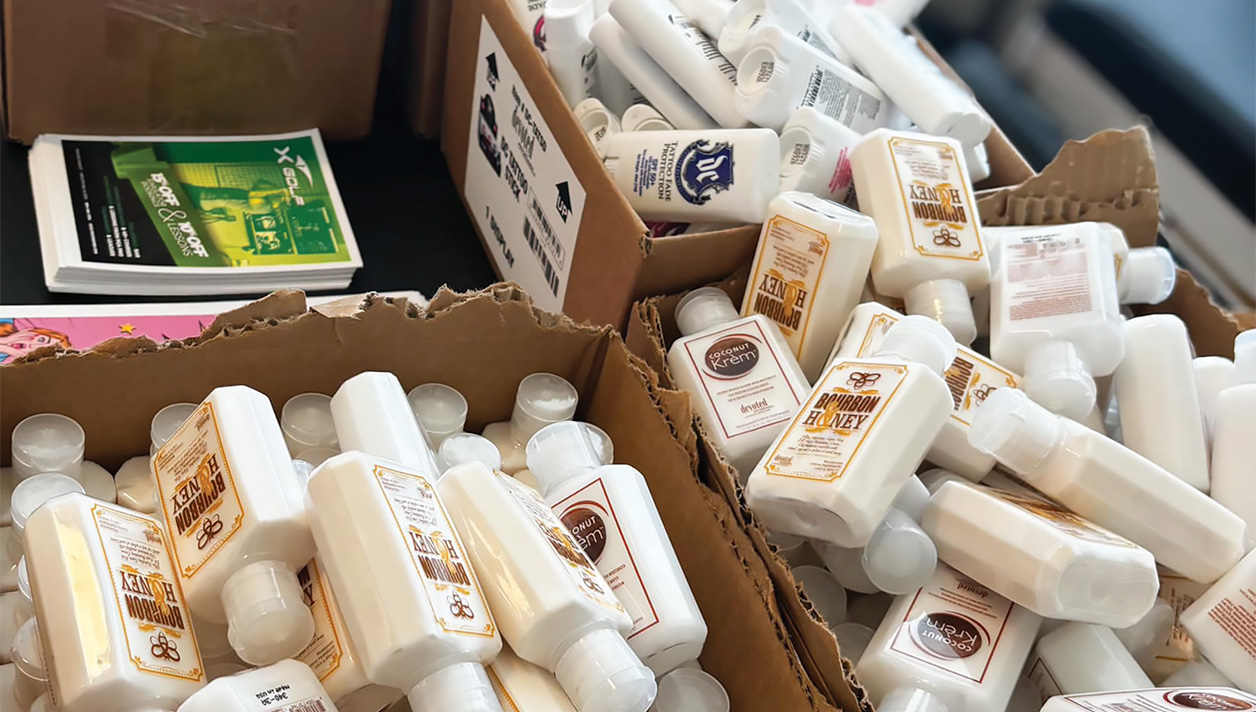What would keep you from tanning indoors?
Would it be a monetary reason (no discretionary income)? Would it be location (no salons nearby)? Would it be customer service or the lack thereof?
Well, how about these “reasons” offered up on the website of Maryland dermatology practice, Anne Arundel Dermatology?
… Statistics that will keep you from visiting the tanning salon:
» In the U.S. alone, 419,254 cases of skin cancer can be attributed to indoor tanning.
IST response: How would you determine that the skin cancer occurrence was attributed to indoor tanning alone? Does this mean the afflicted person had zero exposure “ever” to natural sunlight?
» Approximately 7.8 million adult women and 1.9 million adult men tan indoors.
IST response: So, the number of people who tan indoors would keep me from using a sunbed? There are plenty of salons to accommodate all indoor tanners!
» Nearly 70% of tanning salon patrons are Caucasian girls and young women.
IST response: Well, who did you think the patrons would be? I doubt that many would see this statistic as a negative.
» Melanoma is the second most common cancer in females age 15-29.
» Melanoma is the most common cancer in females aged 25-29.
» Melanoma is the leading cause of cancer death in women 25-29 years old.
IST response: The demographic of indoor tanners is primarily females, 18-35 years of age. The latency period (the time between UV exposure and onset of illness) for melanoma is 20 to as much as 30 years. In this case, do the math.
» The amount of UV radiation emitted during an indoor tanning session is similar to that of the sun, and in some cases can be stronger.
IST response: “Jamaica in the summer” type of sun or “Minneapolis in January?” The intensity of the sun’s rays is affected by time of day, time of year, proximity to the equator and reflective surfaces such as snow, sand and water. There is no generic UV output of sunlight, no generic UV output of sunbeds.
» Indoor tanning before age 35 can increase your risk of melanoma by 59%.
IST response: So, what they are implying is that if you use any sunbed “once” for any amount of timed exposure (one minute?) you increase your risk of melanoma by 59%. A valid study would quantify UV exposure intensity, length of exposure and skin type of the user. No study results are offered to support this claim of “using a sunbed once increases your risk by 59%.”
» Tanning is so dangerous, several countries have made it illegal.
IST response: Well, yes that’s true – if you count the two countries in the entire world (Australia and Brazil) that prohibit commercial indoor tanning.
When a salon guest might cite these types of “statistics,” here’s your factual response: Millions of people choose to develop a cosmetic tan with moderate and responsible UV exposures provided in the controlled environment of a professional tanning facility.
Any more questions?

























